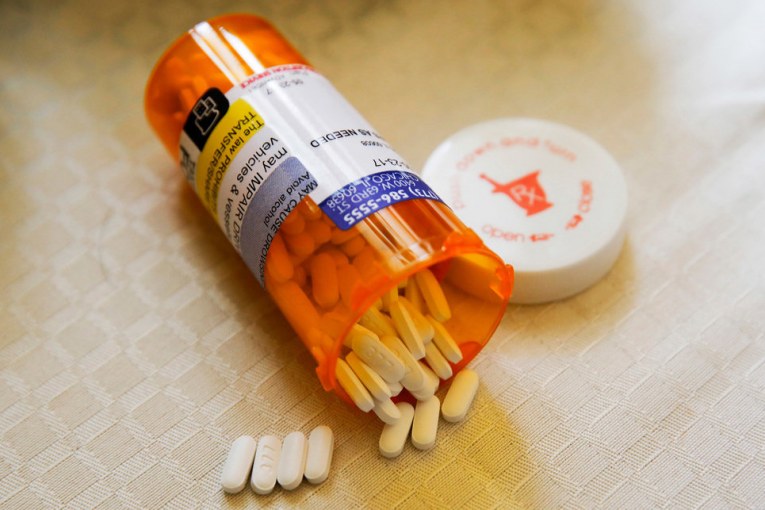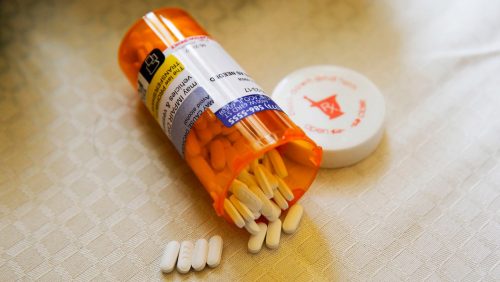

By Benjamin Frandsen and Ghostwrite Mike
CHOWCHILLA, CA – In 2016, after the California Department of Corrections and Rehabilitation (CDCR) buried 51 prisoners who died from drug overdoses that year, officials began distributing to residents Suboxone strips (buprenorphine), in what amounted to a controversial approach the San Quentin News described as “using drugs to combat drug use,” in a 2022 article.
Eight years later, there are still 21 annual prisoner deaths attributed to drug overdose. More than 22,600 of the state’s prison population are being treated with a drug some prison officials in other states say is abused by residents in the same manner opioids are.
The same year CDCR started handing out Suboxone to a pilot cohort of 60 residents, Alice Park released, “A New Paradigm For Opioid Addiction: More Drugs” in Time magazine describing how Suboxone “mimics the narcotic effects of heroin and pain killing opiates.” Park reported a police chief in Ohio said that “we have people here abusing methadone and suboxone—they just trade one drug for another.”
During the same year, Corrections Today, a professional membership publication, wrote that a Federal Bureau of Prisons pharmacist and a medical school professor at the Uniformed Services University of Health Services warned of the demand for the drug by prisoners in correctional facilities that were seeking its euphoric and pain relief properties.
Our personal experience observing how CDCR has rolled out this drug and how it has affected young residents begs further questions about the efficacy of this controversial therapy.
For most guys who never had opioid histories or habits pre-prison and have no such cravings, the Suboxone program presents an opt-in way to hustle medication on the prison black market in exchange for coffee, food and hygiene items.
Travis, a 23-year-old serving a six-year term, told us he had no drug history; yet, he was able to acquire Suboxone by reporting virtually to a psychiatrist a craving for opioids. “It’s survival bro. I got no funds, I need deodorant, I need toothpaste and I need to eat. I get $7 a strip all day for (these) things, so it’s worth it to me,” he said.
John, a youth mentor, said, “They got these kids around here like zombies… They gotta take a strip every now and then just so they can piss dirty and prove they are taking it when the random tests come around but that’s how they get hooked. Even the dudes that only get on it in order to sell it, get swallowed up.”
A 2013 long term study of Suboxone published by the Public Library of Science (PLOS) found long term users had “a lower probability of being happy,” “over twice the probability of being anxious,” “tended to be less self-aware of sadness” and “had significantly less emotional expressiveness.” The report describes delayed responses that last up to three seconds when individuals were asked how they were feeling—that same ‘zombie-like’ we directly observed.
Like all prisoners statewide, we were summoned to our prison’s infirmary, asked a set of repetitive questions aimed at prompting us to affirm cravings to pain medication, opioids and mood-altering drugs. When directly offered the opportunity to begin taking Suboxone we, of course, refused.
Across the board, there is an effort to medicate the state’s entire prison population with a drug that mimics the euphoria of heroin, and, when taken, has a palpable narcoleptic impact on one’s faculties, affect and functionality.
The truth few want to acknowledge is that the introduction of drugs and narcotics into prisons laced with fentanyl—including heroin, as well as non-opioid drugs like methamphetamine and marijuana, is at the heart of the overdoses that result in death.
Instead of addressing how fentanyl becomes introduced into the prison setting in the first place, officials have cultivated a less-lethal drug culture they have decided to live with and fund, in exchange for the 31 fewer deaths per year caused by overdoses.
Behind the curtain stands a $162.5 million annual budget for the treatment of these same Suboxone users which presents to them a Cognitive Behavior Therapy model of counseling intended to dissuade future drug use.
Essentially, to avoid the bad optics of fentanyl overdoses and the questions those deaths provoke about the imprudent security measures that allow the introduction of fentanyl to captive populations, CDCR decided to normalize free access to a less-than-lethal synthetic drug that will indeed have a narcoleptic impact on residents, but won’t kill them the way fentanyl does.
Thirty fewer annual deaths have been traded for more than 20,000 new users of Suboxone who will slowly slide into the zombie-like effect and experience a deferred jump-off point upon release from prison where they must contend a new affinity for opioid-like cravings.
We object to this program, and its methodology. Suboxone is misused and diverted daily in prisons nationwide, and sold on the prison black market.
When injected, it results in abscesses that erupt on the skin. Over time, the baseline effect of Suboxone users becomes markedly slow and delayed. Welcome to the walking dead.



